blog
Interview with featured photographer Bruno Pereira Ribeiro

From ‘The Grass Needs to Be Cut’ © Bruno Pereira
The work shown in Bruno Pereira Ribeiro’s project ‘The Grass Needs to Be Cut’ is centered on the tradition and culture of bullfighting (which is not man vs. bull – rather bull vs. bull in a showdown of dominance) in certain regions of Portugal. The animals are not being used predominantly for agriculture now, so the deep history of breeds is being preserved by cattle associations. Hence, both the animals and the communal traditions are being kept alive. In Issue 128 we feature Ribeiro’s photographs of people, animals and culture from his native Portugal as a vibrant exploration of this tradition.
::
Cary Benbow (CB): Please tell us a little more about your portfolio ‘The Grass Needs To Be Cut’ being featured in this issue. How does the work relate to your other projects?
Bruno Pereira Ribeiro (BPR): This work began shortly after I finished my photography course. Although I was taking my first steps professionally, I had a strong desire to create a personal project and explore new processes. Because of this, I think it’s difficult to compare this series to any other work I’ve done, as it was my first attempt to create a narrative in this way after my years studying.
CB: What is the biggest impact on your development as a photographer? Does where did you live or spend your formative years influence the way you work?
BPR: I believe my entire life up to this point has influenced how I work and the choices I make as a person. My teachers, my friends… Despite living in an increasingly cosmopolitan world , I spent my teenage years in Guimarães and this has obviously shaped my thoughts and perspectives, even as they’ve evolved over time.
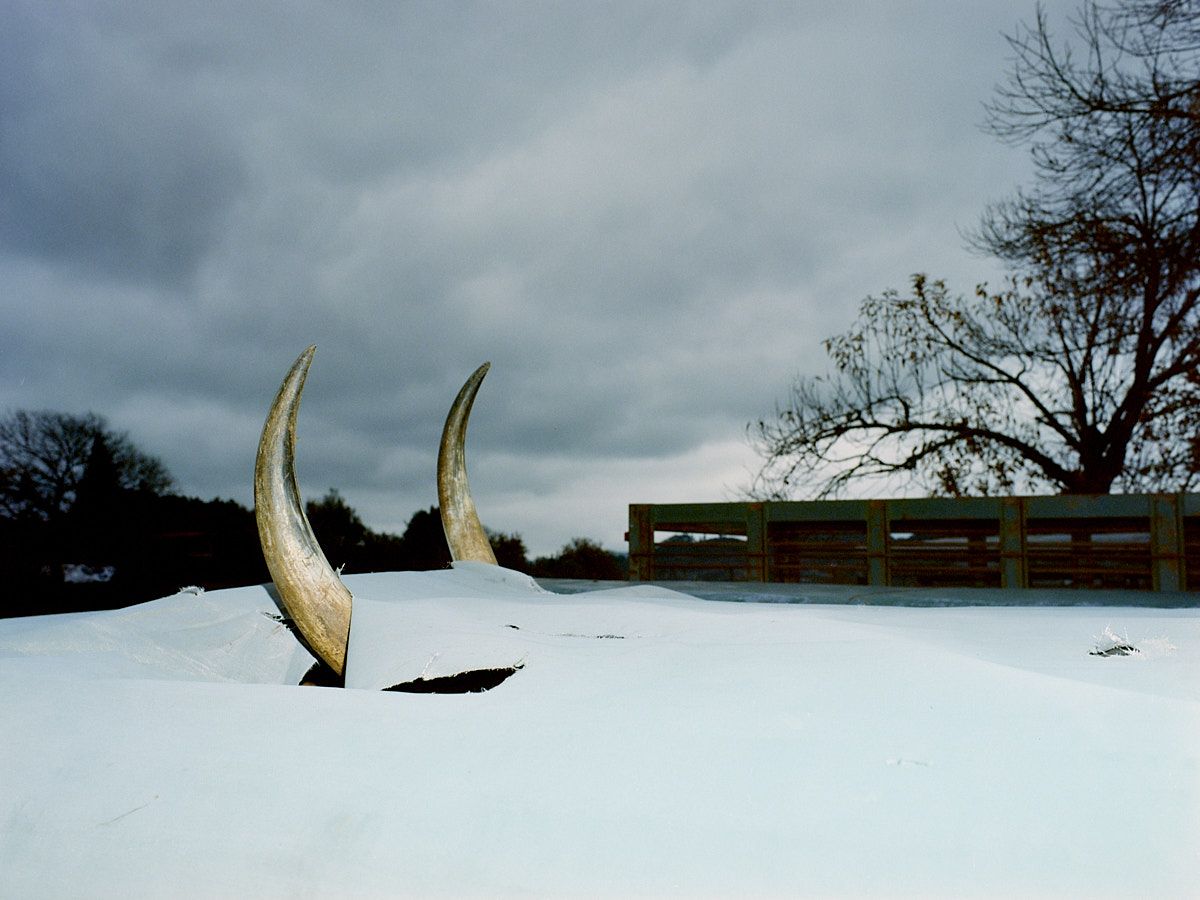
From ‘The Grass Needs to Be Cut’ © Bruno Pereira
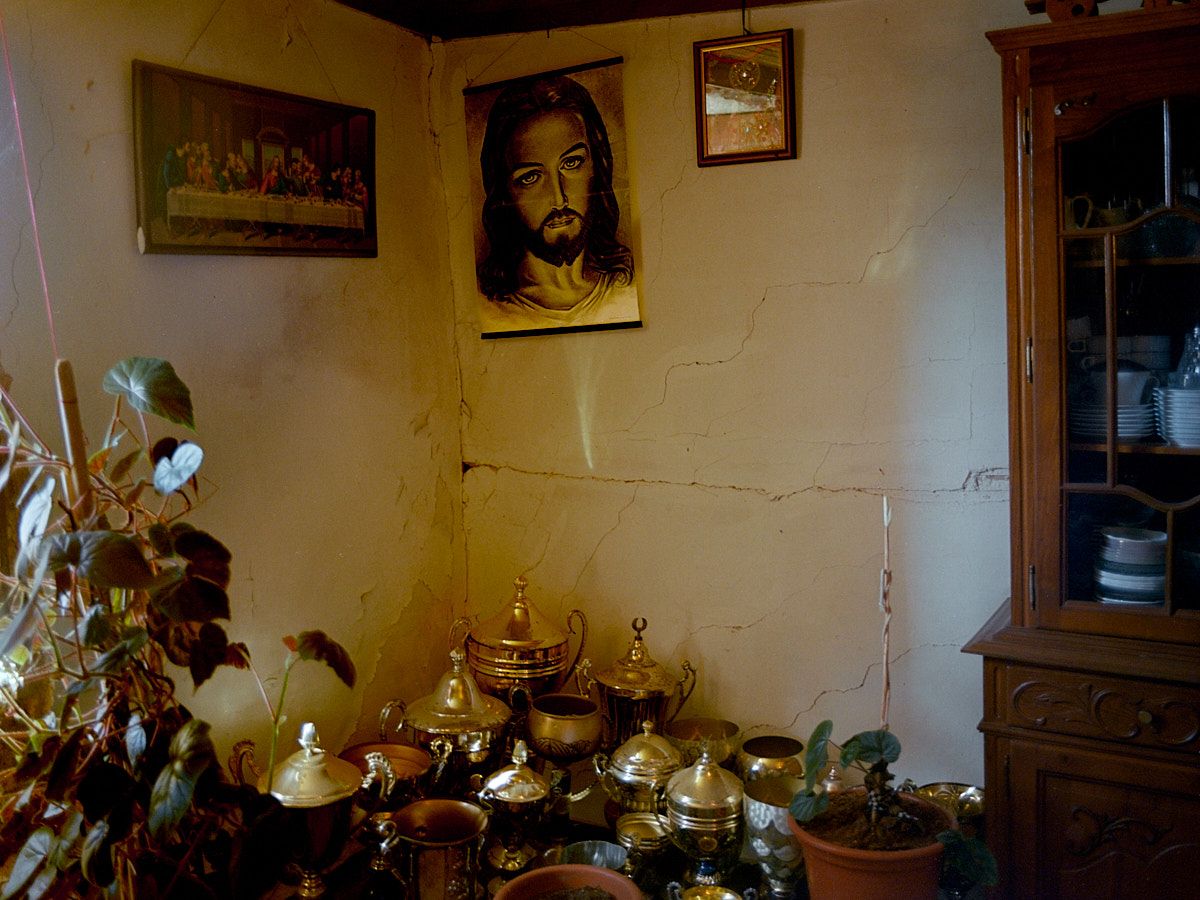
From ‘The Grass Needs to Be Cut’ © Bruno Pereira
CB: What is your earliest memory of taking photos?
BPR: I remember borrowing a digital camera from a friend during a trip to Serra da Estrela, in Portugal. It was my first time seeing snow and also the first time I experienced photography. I was amazed by what we were creating. This was around 2012 or 2013, when I was 14 or 15. My friend Ricardo served as the model for our experiments.
CB: Overall, what inspires your art? What kind of stories do you wish to tell?
BPR: My inspirations range from contemporary photographers I follow and directors like Robert Eggers to stories shared by close friends. I hope to work on various projects with different meanings, allowing me to explore both photography and film. Rather than focusing on a specific theme, I’m more drawn to the process of crafting narratives and the journey to the final result. Perhaps in a few years, I’ll start to notice patterns in my work.
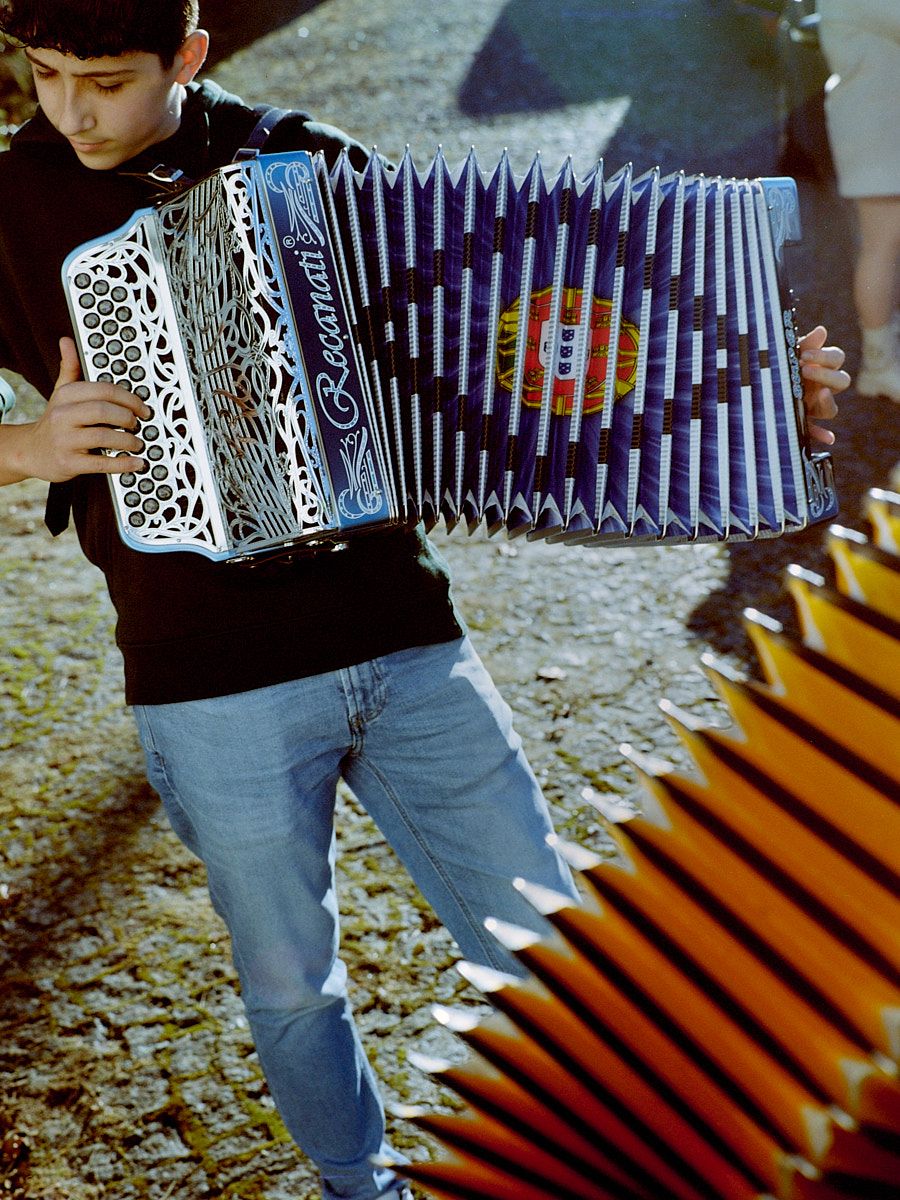
From ‘The Grass Needs to Be Cut’ © Bruno Pereira
CB: Of the times you’ve shared/shown your work so far, what has made the biggest impact on your career, or left a lasting impression?
BPR: More than any publication or showcase, I believe the most significant influence on my career has been consistency and building a network of relationships with colleagues and collaborators.
CB: There are so many ways to express oneself — What makes photography your choice of expression?
BPR: Photography has been a constant since the years of Photography School and has always captivated me. However, even today, I question a lot whether photography is the best medium for telling that specific story. Recently, I’ve been exploring filmmaking as a director, and I’ve been drawn to the challenges but also the opportunities it offers compared to photography. That said, like many others, I have a deep fascination with the limitations and unique possibilities that come from presenting a series of photographs.
CB: In your opinion, what makes a good photograph?
BPR: This is a tough question. What makes photography interesting is its subjectivity – different people can photograph the same object in completely unique ways, and each could produce a “good photograph”. Conversely, the meaning or value of the same photograph can shift depending on its context: the series it’s part of, where it’s displayed, or the medium in which it’s presented—be it a book, gallery, or elsewhere. In photography school, we learn about composition, color, decisive moments, focal lengths, etc. And all of which are important. Over time, I’ve found myself more drawn to the tension present in an image and how to create it effectively.
CB: How do you describe your photography to someone who’s not familiar with it?
BPR: I prefer for people to experience the images themselves rather than relying on a description. If I were to label my work, maybe documentary, though I’m not entirely sure about it. Labels can certainly be helpful for organization or commercial purposes, but they’re not something I focus on personally. I like to let the work speak for itself and leave any classifications for others.
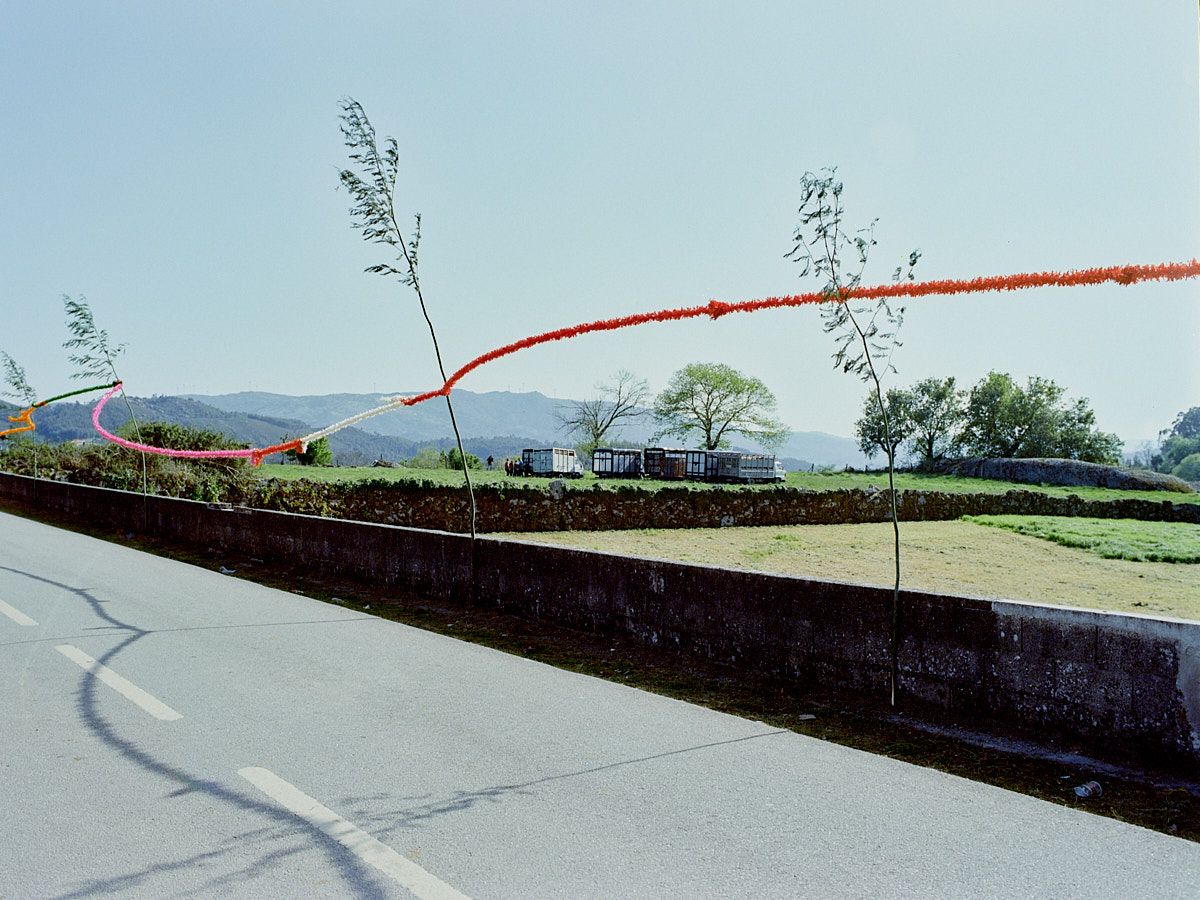
From ‘The Grass Needs to Be Cut’ © Bruno Pereira
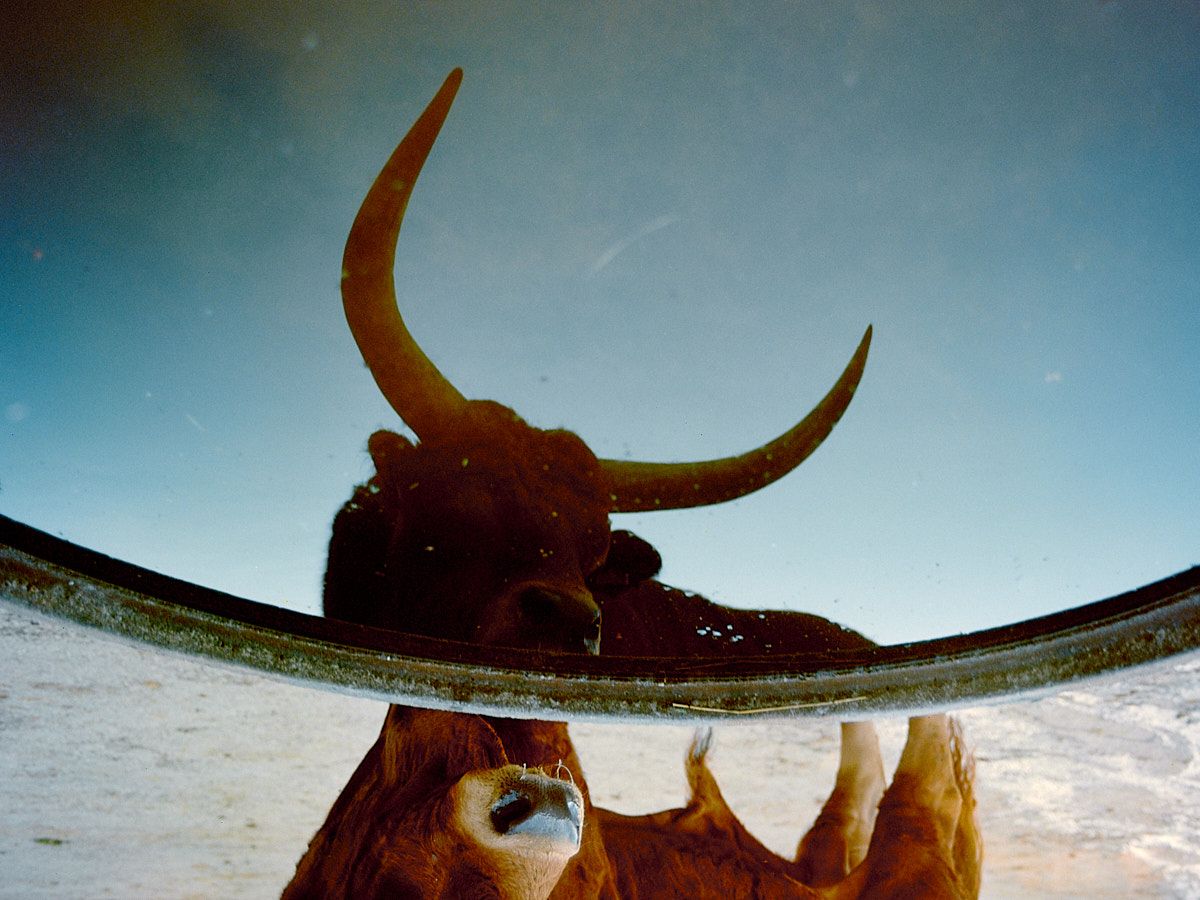
From ‘The Grass Needs to Be Cut’ © Bruno Pereira
CB: What advice would you give to someone who wants to take on projects like yours? If you could give one piece of advice to your younger self at the start of your career, what would it be?
BPR: To others, I’d say: keep working in a way that aligns with your goals. Remember that goals evolve over time, and adapting to those changes is part of the journey. To my younger self, I’d give the same advice I give myself now: don’t be afraid to share your results and trust in your work. It’s easy to get lost in comparing yourself to others, but it’s important to value your own efforts.
::
Bruno Ribeiro is a Portugal based photographer and director. His work delves into the possibilities and limitations of visual storytelling, utilizing both mediums to explore and challenge the narrative power of images. To see more of Bruno’s work visit his website www.brunopereiraribeiro.com
Location: Online Type: Featured Photographer, Interview
Events by Location
Post Categories
Tags
- Abstract
- Alternative process
- Architecture
- Artist Talk
- artistic residency
- Biennial
- Black and White
- Book Fair
- Car culture
- Charity
- Childhood
- Children
- Cities
- Collaboration
- Community
- Cyanotype
- Documentary
- Environment
- Event
- Exhibition
- Faith
- Family
- Fashion
- Festival
- Film Review
- Food
- Friendship
- FStop20th
- Gender
- Gun Culture
- Habitat
- Hom
- home
- journal
- Landscapes
- Lecture
- Love
- Masculinity
- Mental Health
- Migration
- Museums
- Music
- Nature
- Night
- nuclear
- p
- photographic residency
- Photomontage
- Plants
- Podcast
- Portraits
- Prairies
- Religion
- River
- Still Life
- Street Photography
- Tourism
- UFO
- Water
- Zine

Leave a Reply